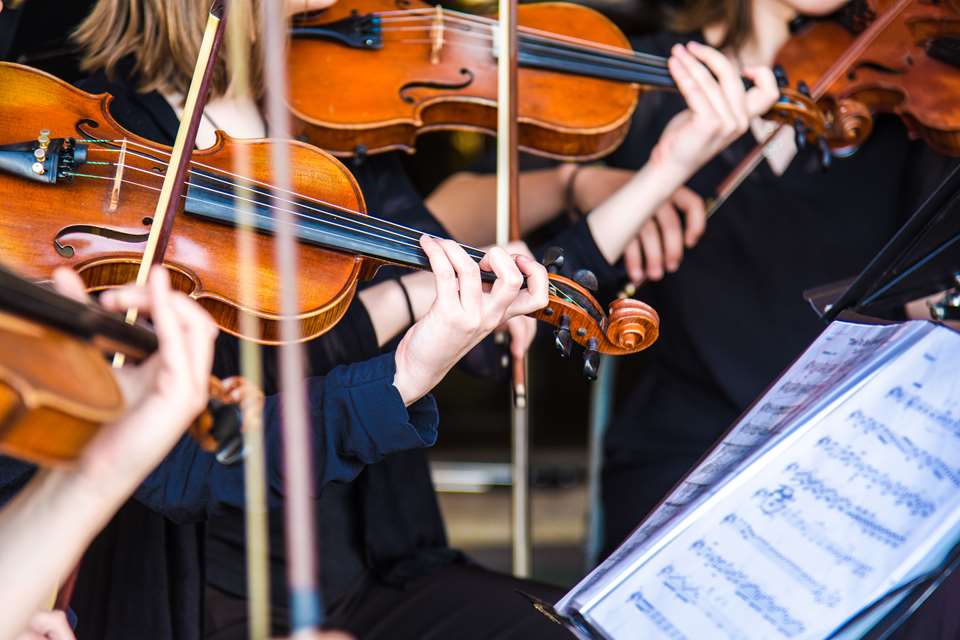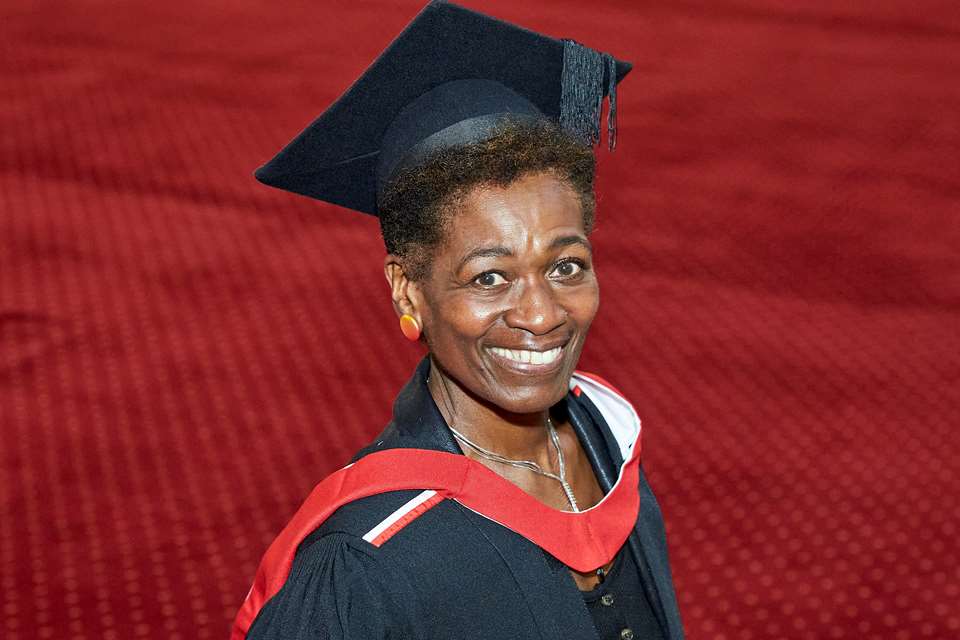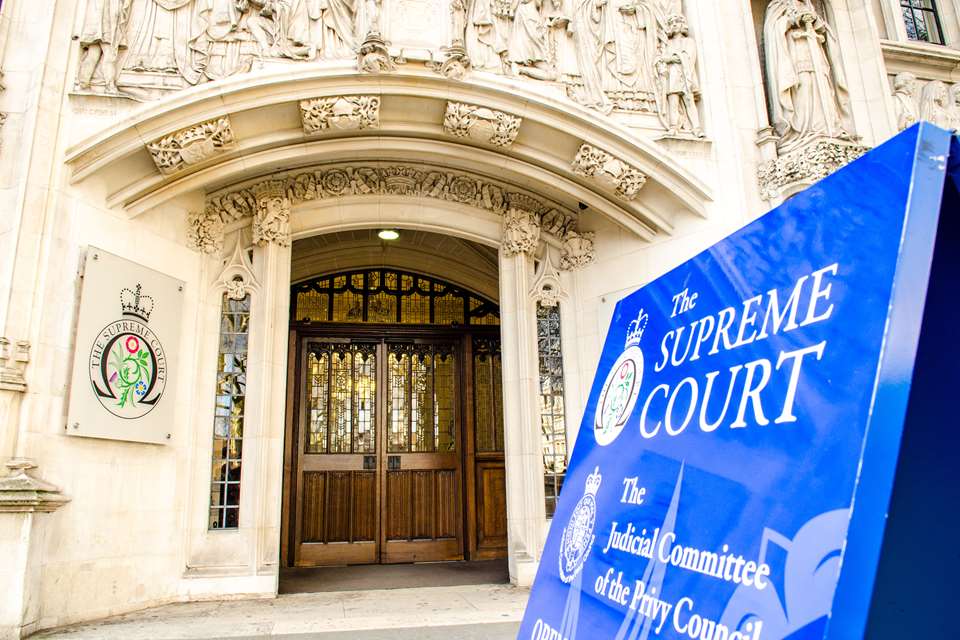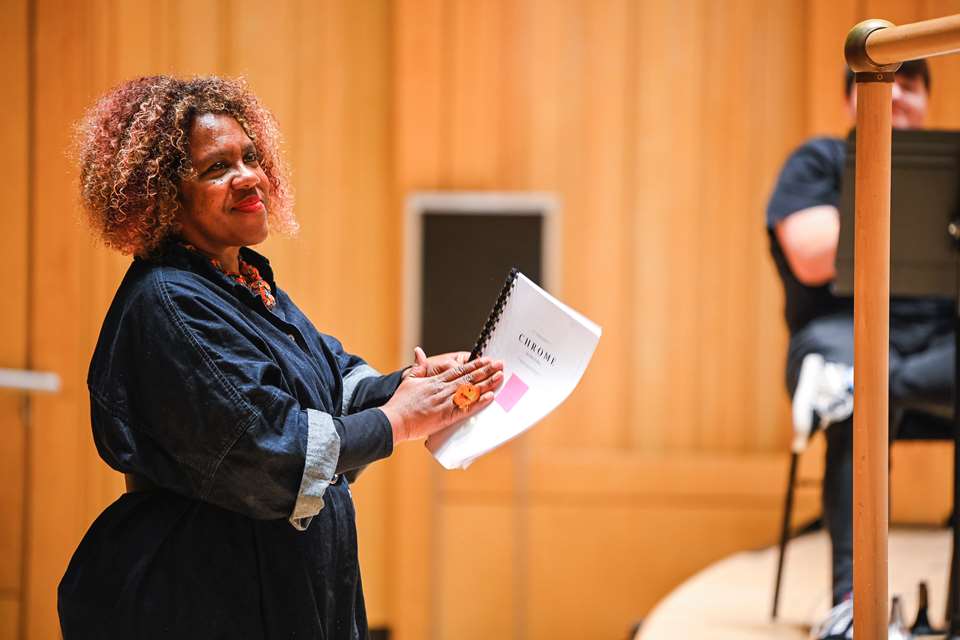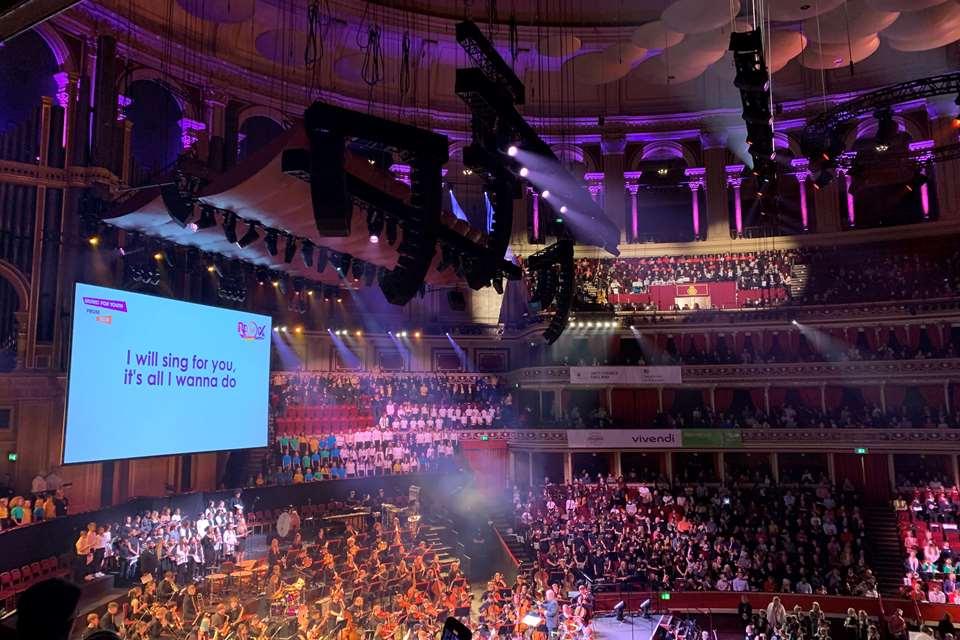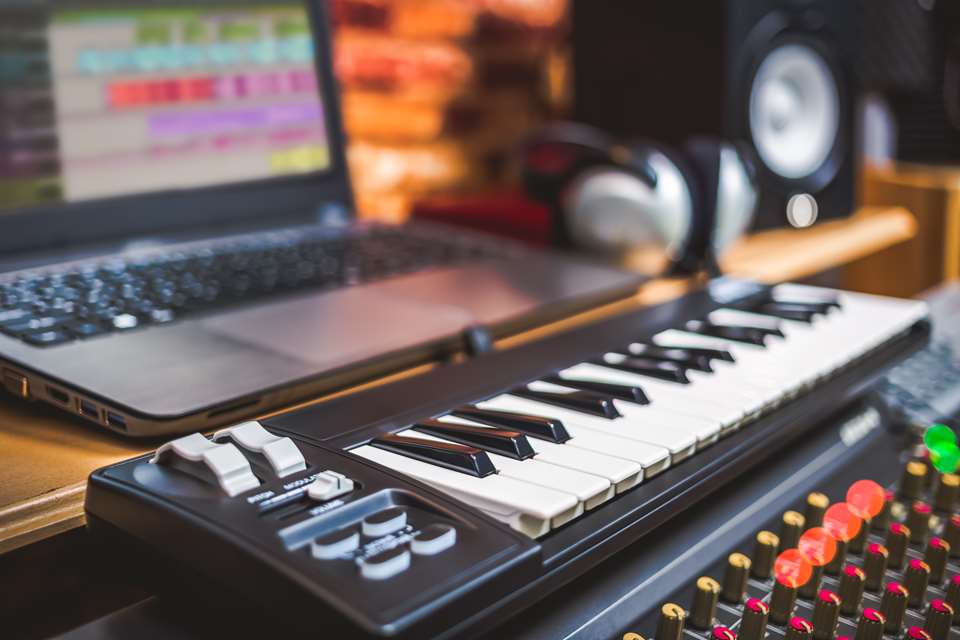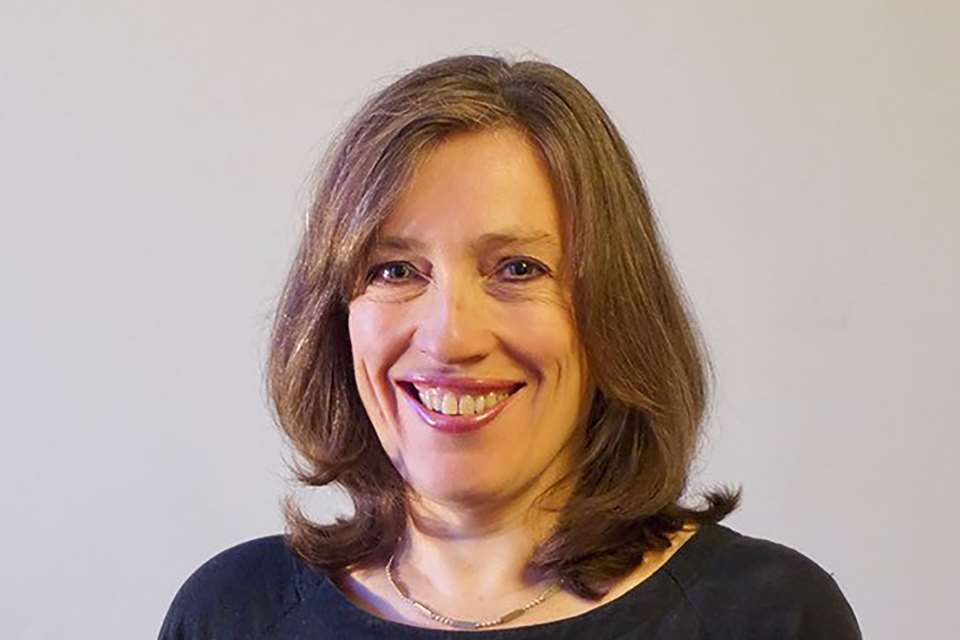Species under threat: Endangered instruments
Claire Jackson
Wednesday, December 1, 2021
Sometimes just getting a musical instrument into the hands of a child feels challenging enough. But there's also a time and a place to consider how we might protect those instruments at risk of going extinct, writes Claire Jackson
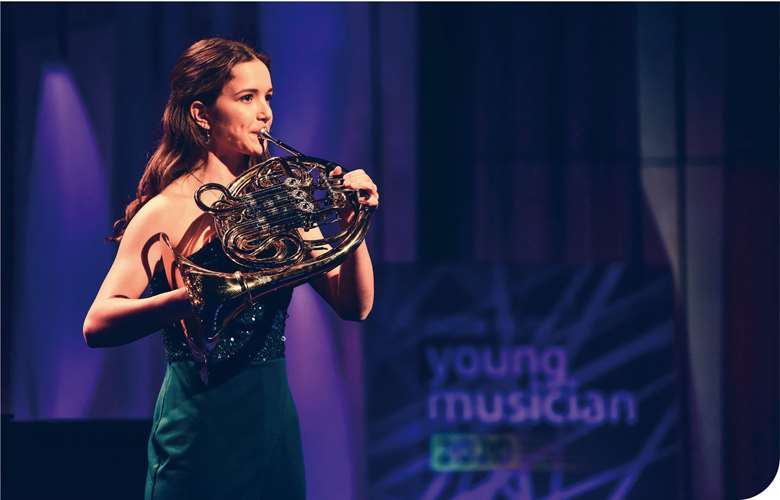
Fabio do Paola/ PA Wire
The phrase ‘as dead as a dodo’ is used to describe anything obsolete, referencing the now extinct flightless bird, which was wiped out due to human activity in the 17th century. The case of the dodo is often cited in environmental discussions about at-risk species – sadly, there is a long list of endangered animals, including the Sunday tiger, Sumatran orangutan and black rhino, among many others. The lexicon has been adopted by campaigners concerned about declining numbers of certain instrumentalists, with the oboe, French horn, euphonium, viola, bassoon and double bass among those identified as ‘endangered’. Teachers have observed an ever-decreasing pool of these musicians and are keen to encourage youngsters to consider eschewing the more mainstream instrument choices – flute, trumpet, ukulele and so on – for a less obvious choice, or even one of the rarities. There is a real concern that without support, future generations could be using terminology like ‘old as an oboe’.
Bigger fish to fry?
The endangered instruments campaign was first launched by Youth Music in 2003 and has since been adopted by several hubs to encourage minority instrument take up. Like everything else, initiatives tend to be localised – there is not currently a national plan in place to encourage a passion for the bassoon, viola et al. In fact, orchestral instruments in general need a boost. ‘The lack of investment and approach to music education by our government is horrifying,’ says oboist Nicholas Daniel, who was involved in the initial endangered instruments campaign and has since headed up support for Every Child A Musician, a campaign that calls for improved provision in schools. ‘I'm extremely worried about the situation, which has been compounded by Brexit and the pandemic,’ he says.
Daniel came to the oboe through a mixture of coincidence and good fortune. ‘My family weren't especially musical; dad was a car salesman and a prison officer, and my mum gave pedicures to the elderly. I sang at church and started to be pretty good; I got a scholarship to sing as a chorister at Salisbury Cathedral. I needed to take up an instrument as part of my studies and transferring singing skills to the oboe proved to be very straightforward for me – I took to it like a duck to water. I was obviously very lucky to have brilliant teachers, including Janet Craxton.’ (Daniel's Harmonia Mundi album A Tribute to Janet is a heart-warming recital in honour of his mentor, who died in 1981. Craxton was principal oboist of the Hallé, founder of the London Oboe Quartet and premiered many important pieces that are now staples in the repertoire, such as Oliver Knussen's Cantata op. 15.)
In 1980 Daniel won the second instalment of BBC Young Musician of the Year and has gone on to receive numerous accolades, including an OBE in 2020. But like lots of other educators and music lovers, Daniel is concerned that young students are not being given the same access to music. Our conversation was primarily intended to be about the so-called endangered instruments, but as Daniel says, ‘it's now much worse than that, as music itself is under threat’. To continue the climate crisis analogy, it's not just a case of helping a handful of species – entire habitats are facing destruction.
Mini models
Let's park the broader issues regarding access for one moment. Assuming the playing field was fair and equitable, there are still practical barriers to learning instruments like the bassoon, euphonium and viola. Without the right supervision, all can feel unwieldy to a child who might be used to playing a recorder, ocarina or ukulele. There is also the recommendation in some quarters that these are ‘follow-on’ instruments, to be tackled only once the pupil has acquired knowledge on another related instrument.
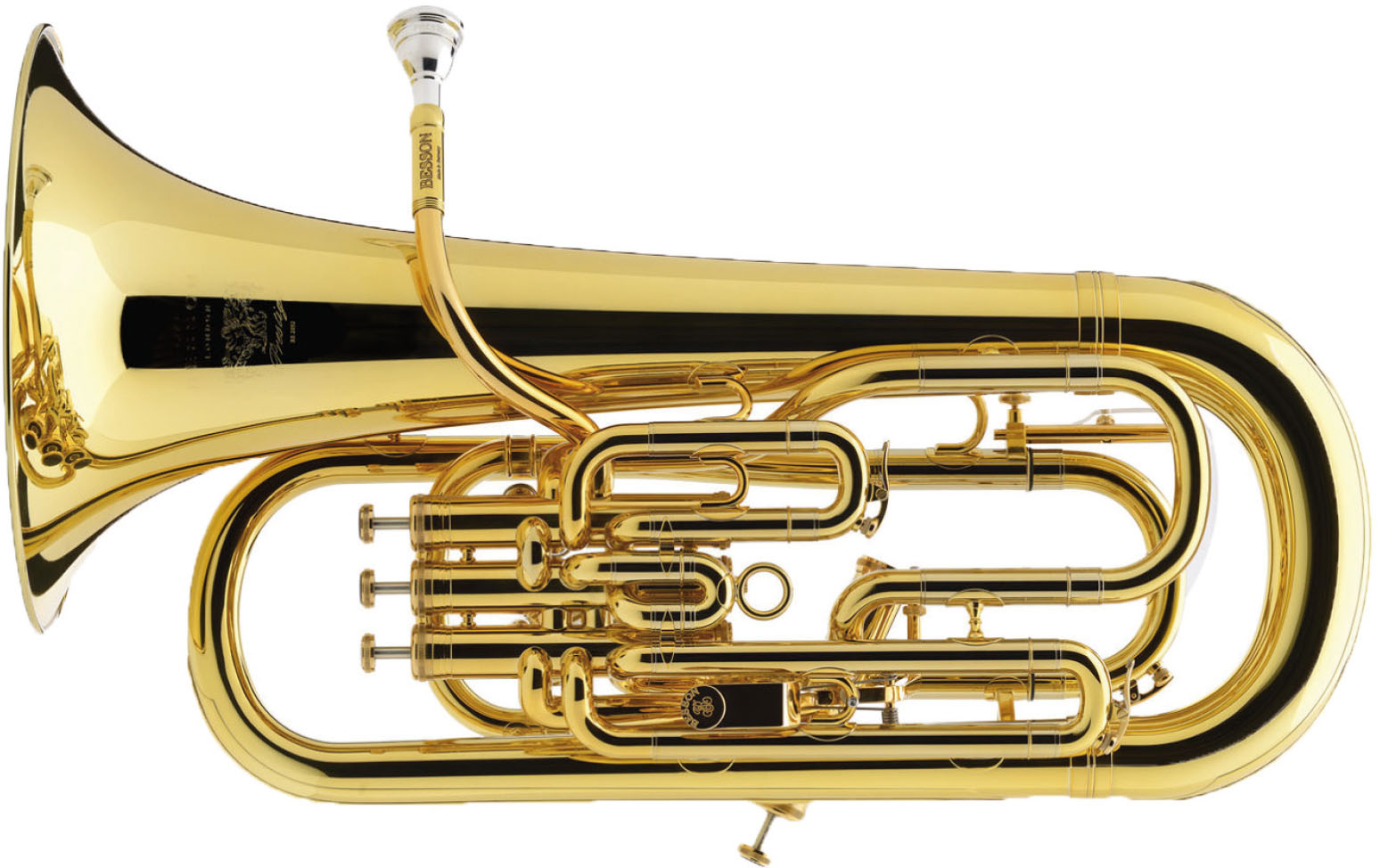 ©Buffet Crampon, CC BY-SA 4.0
©Buffet Crampon, CC BY-SA 4.0
Euphonium, Buffet Crampon
Some organisations, such as Berkshire Maestros, have got around some of these issues by procuring mini bassoons that are more ergonomic for younger students. In the same way that violins and cellos are available in smaller sizes, the mini bassoon is substantially shorter than the standard bassoon (it sounds a fifth higher). The key system is very similar to that of a full-size instrument, although less complex, and the fingering is the same for most notes. The player reads from music in the bass clef, as would a ‘normal’ bassoonist, and can use the same reeds, although special smaller reeds are available and often preferable. There is also a slightly larger instrument that only sounds a fourth higher than normal, often recommended as a crossover model between the smaller bassoon and the adult model.
These instruments are not cheap – a small bassoon costs around £3,000. When you consider that it is possible to pick up a decent second-hand flute for £500 – and lots of non-orchestral instruments for far less – it's understandable why the bassoon and friends have fallen by the wayside. Understandably, costs aside, many people don't want the hassle of having to change instruments several times over the course of a child's education. If it's a choice between having to buy and sell multiple sizes of expensive bassoons within a five-year period or purchase a single (much cheaper) clarinet, I know what I'd opt for. As an incentive, as well as providing the instruments on loan, some music hubs, such as Cumbria Music Service, offer tuition of less popular instruments at a reduced rate. (In this case, oboe, bassoon and cello lessons are discounted.)
Out of your comfort clef
All orchestral instruments require a certain level of maintenance: if schools do have a music storeroom, chances are the older instruments may not be suitable for beginners. ‘It was discovered that one of the reasons pupils weren't taking on these instruments was that those that were available were not in good condition,’ says Daniel, ‘this includes the cases – there was no way for interested students to take the instruments away to play. The oboe, for instance, needs a functioning mechanism for the keys to work properly, and this often falls into disrepair.’
There's also the issue of clefs. For some children who have developed a basic understanding of notation, moving from treble to bass clef can be challenging. (Another plus point for learning the piano alongside any music activities.) And viola players must face the toughest job of all: alto clef. (A Twitter joke went round at Halloween: ‘Carve something scary’, it read, above a picture of an alto clef etched into a pumpkin.) But despite its reputation, the alto clef isn't so terrifying. ‘I switched to the viola after four years on the violin,’ says Rebecca Franks, classical music critic for The Times. ‘At first, I read the alto clef by cheating! I'd read it as if it were the treble clef then transpose it. Surprisingly, I muddled by like that for a while. But it's really a recipe for brain ache, so after a while I committed to learning the alto clef properly. It's actually no different to learning any other clef, and of course, it fits the viola's range perfectly, so it makes complete sense when you are playing the instrument.’
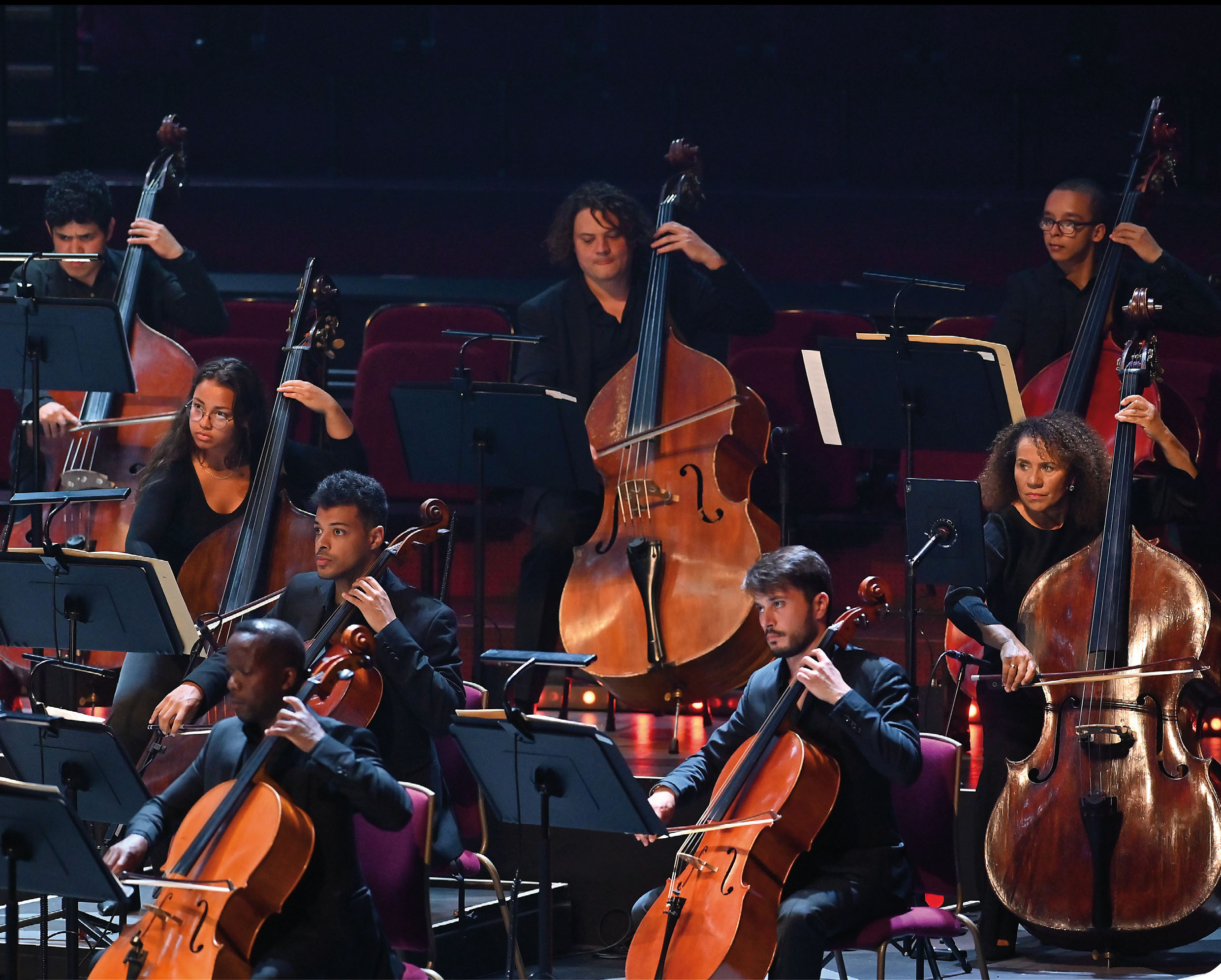
The double bass and cello section of Chineke! Orchestra playing the BBC Proms 2021
Instrumental activist
An instrument's popularity can benefit enormously from the support of the right role models. Thousands of string players have sought inspiration from the likes of Nicola Benedetti and Sheku Kanneh-Mason, while Gareth Malone encouraged legions of choirs to find their voice. Endangered instruments have their advocates – David Childs has shown that the euphonium can be both brass-band team player and virtuoso soloist, having premiered 15 concertos, while bassoonist Karen Clark (née Geoghegan, one-time runner up of 2007 BBC Two show Classical Star) has recorded several solo albums.
The oboe is lucky to have Daniel, who, in addition to his extensive performing schedule, is music director of the Leicester International Music Festival and professor at the Trossingen Musikhochschule in Germany. He tells me of the time he once introduced Thea Musgrave to a class of primary school children. ‘I mentioned that she was a very successful composer – who happened to be a girl – and they all cheered!’ We are noticing a small-but-steady shift in the fortunes of female composers, thanks in part to this type of advocation – hopefully we can turn things around for endangered instruments. After all, as Daniel says, ‘Orchestral music is all about the richness and variety of sound. Imagine the Brahms violin concerto without the oboe…’.
Several readers have got in touch with MT to say that youth orchestras around the UK are suffering from a shortage of clarinets. If you have any experience of this or further information, please get in touch with the editor at music.teacher@markallengroup.com



